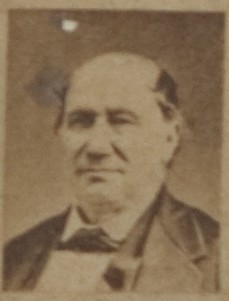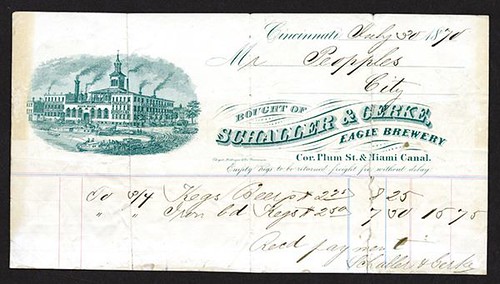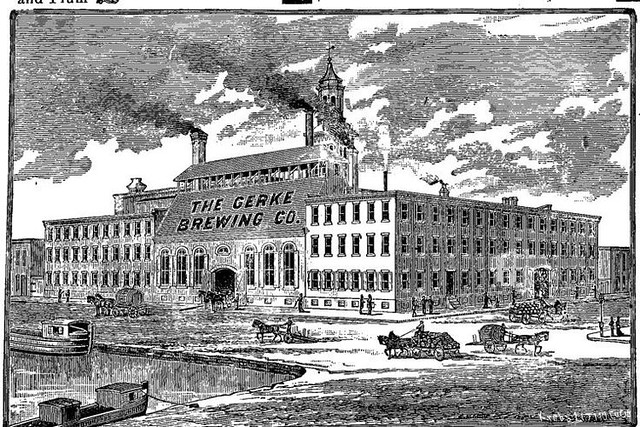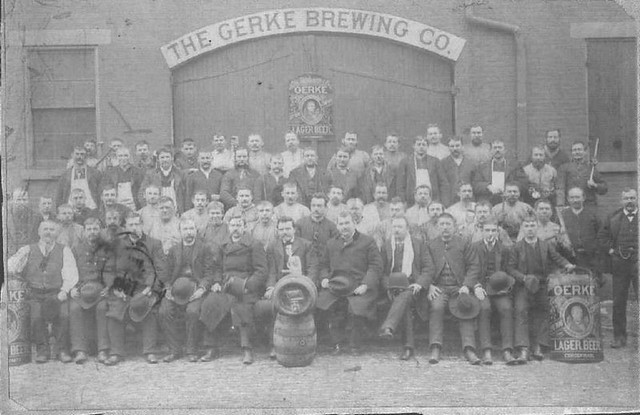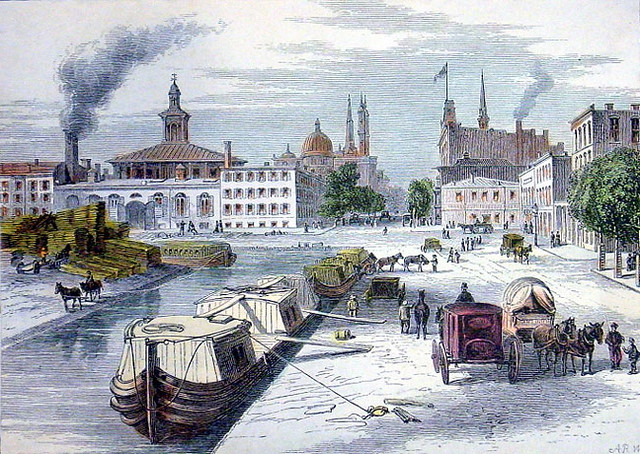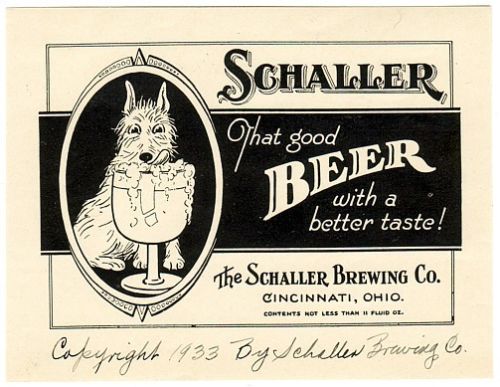

Today is the birthday of Frederick J. Poth (March 20, 1869-October 14, 1942). Though he spent most of his brewing career with his family’s brewery that his father founded in 1870, F. A. Poth & Sons’ Brewery, he interned at the Reading Brewing Co., near where I grew up.
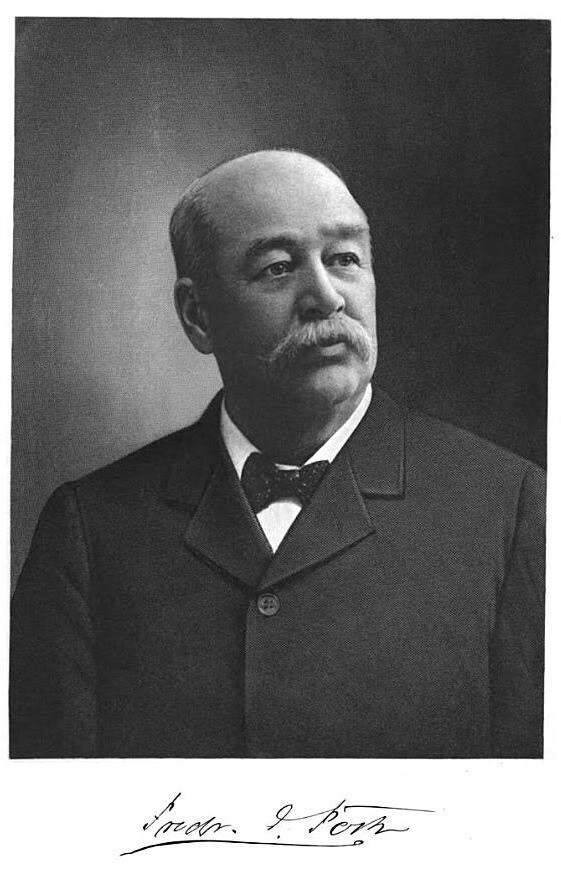
Brewer. He attended the Philadelphia public schools until fourteen years, after which he entered the Nazareth Hall Academy for two years. Lastly, he attended the Pierce Business College for two years. After his formal education, he worked for a year at the Reading Brewing Company in Reading, Pennsylvania. He next went to New York working in Ebling’s Brewing Company for a year. Returning to Philadelphia he began working for his father as foreman of the plant.
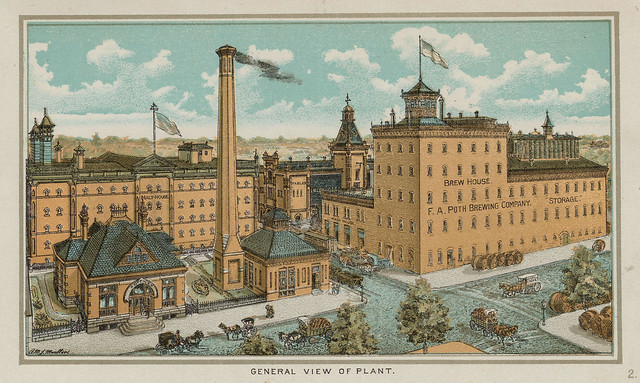
The Poth brewery, from an illustration done in the early 1890s.
Here’s his obituary from the Chester Times, on October 19, 1942:
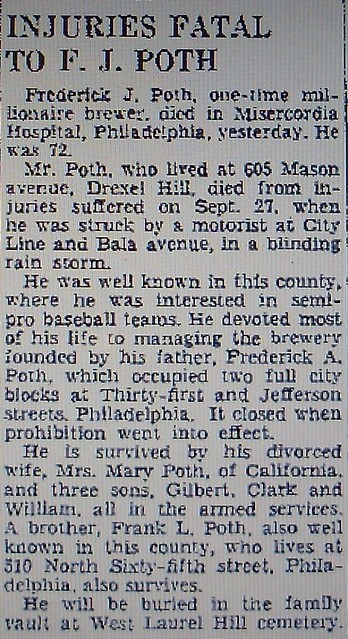
The Poth & Sons Brewery around 1900.
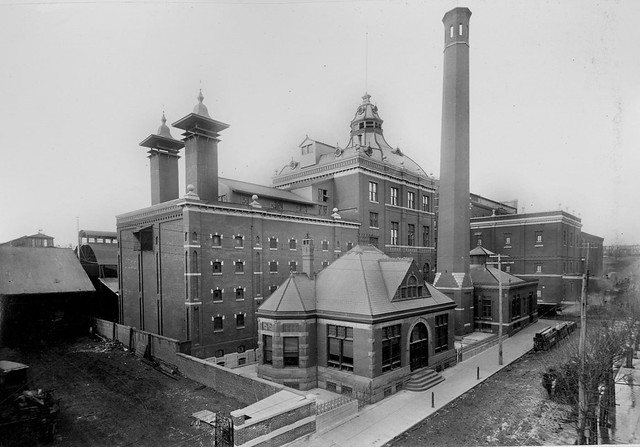
From a Poth family biography pamphlet:
He was born here March 20, i869, and is a son of Frederick A. and Helena M. Poth, whose sketch precedes this. Spending his youthful days in his parents’ home, Frederick J. Poth attended the public schools to the age of fourteen years, after which he entered the Nazareth Hall Academy, where he also spent two years. In further preparation for life’s practical and responsible duties he entered Pierce’s Business College, in which he remained as a student for two years, after which he went to Reading, Pennsylvania, where for one year he occupied a position with the Reading Brewing Company. He next went to New York and engaged with the Eblings Brewing Company for a year. Returning on the expiration of that period to Philadelphia he joined his father in the brewing business as foreman of the plant and also had charge of the office. After his father’s death he was elected president and has been very successful in the control and management of the business, which is now of large and profitable proportions, employment being furnished to one hundred and thirty-five men, while the capacity of the plant is five hundred thousand barrels per year. Mr. Poth was married in Philadelphia to Miss Mary C. Clarke, and they have two children. Frederick Clarke, two years of age; and Gilbert Leslie, who is in his first year. In his political views Mr. Poth is an earnest republican. He belongs to various German societies, in which he is popular, and he also holds membership with the Red Men and with the Masons. In the latter organization he has attained high rank, belonging to William G. Hamilton Lodge, A. F. & A. M.; Freeman Chapter, R. A. M.; Pennsylvania Commandery, K. T., and Lu Lu Temple of the Mystic Shrine. While he entered upon a business already established he has displayed an initiative spirit in further extending its interests and his life record proves that success is not a matter of genius, as held by some, but is rather the outcome of clear judgment, experience and indefatigable energy.
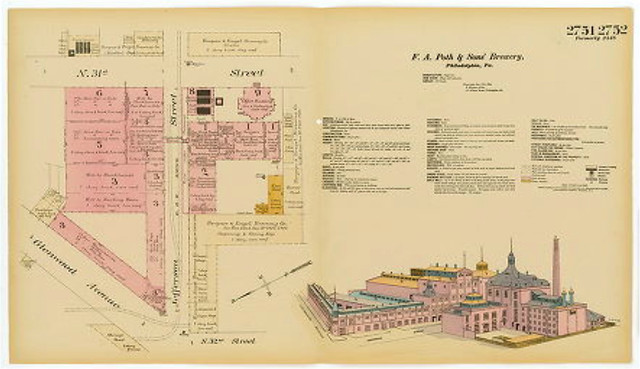
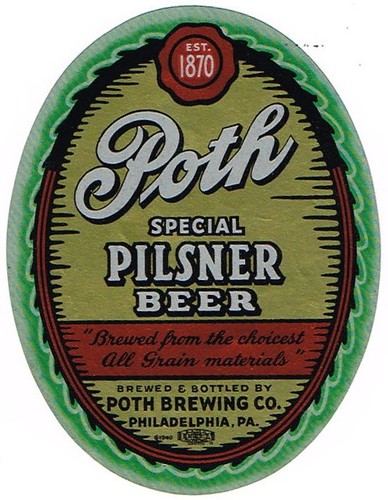
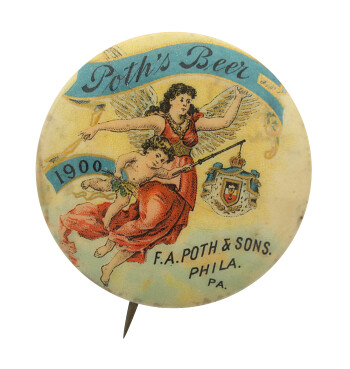





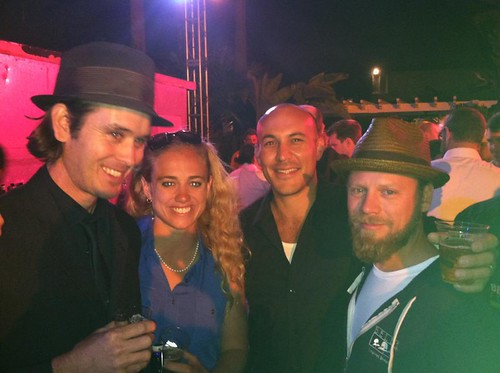
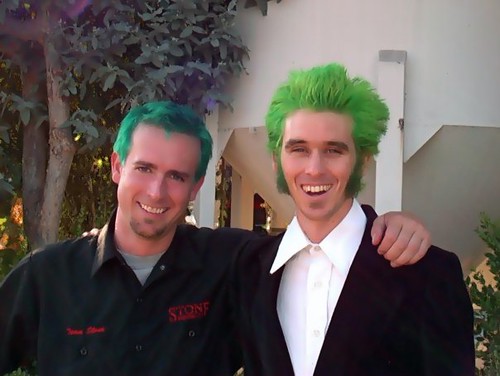
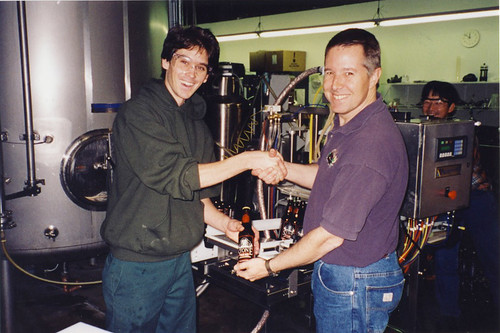


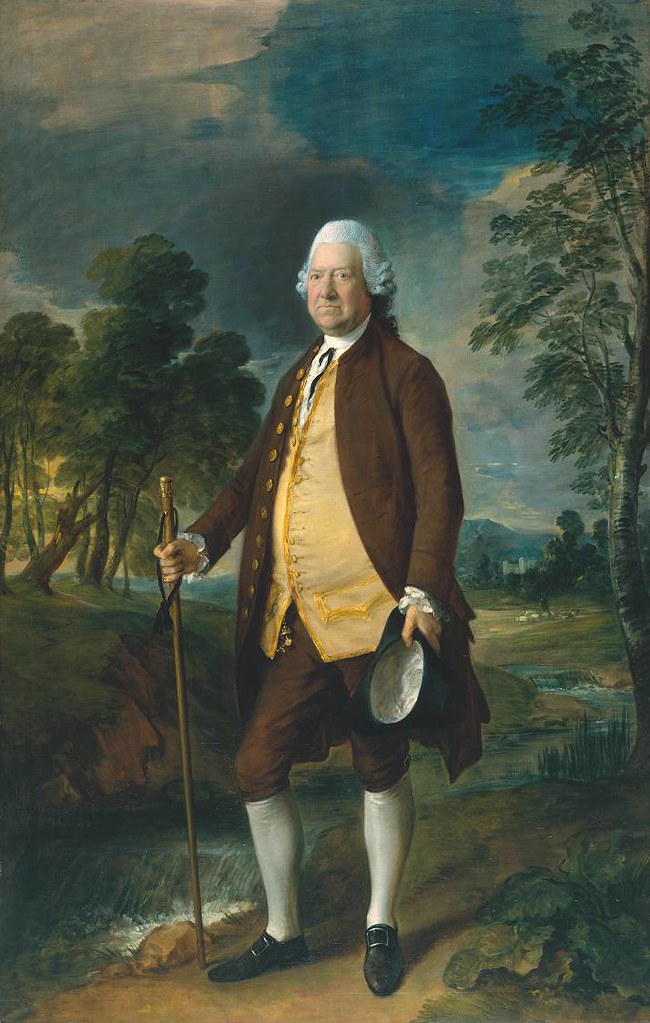
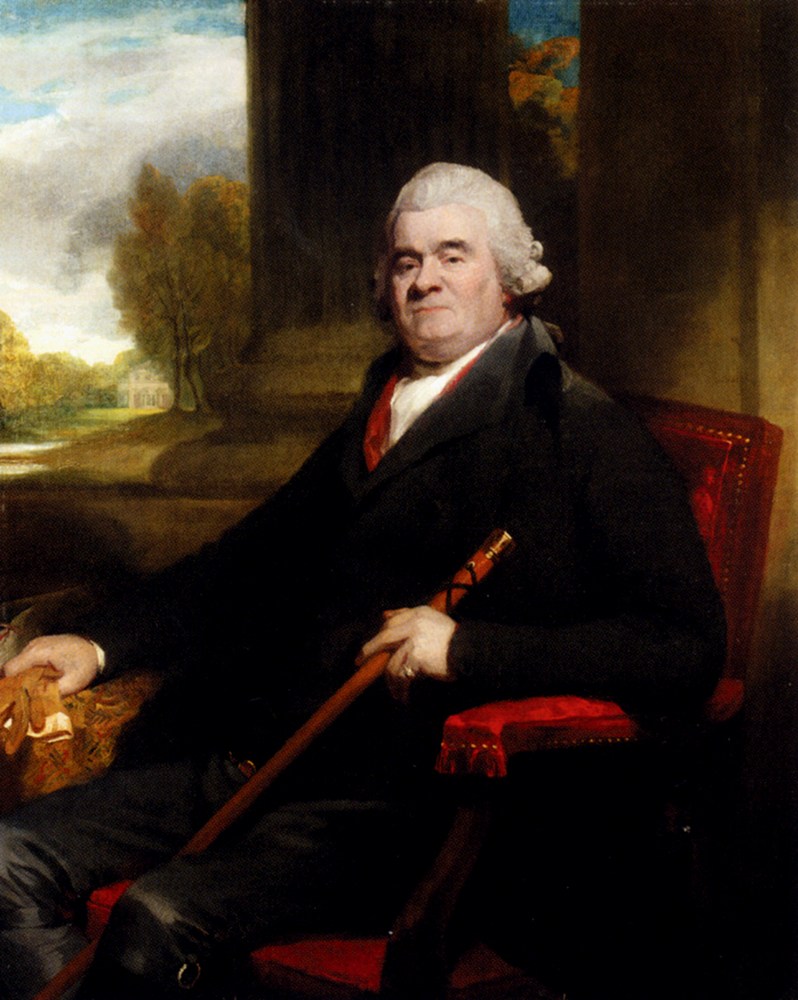
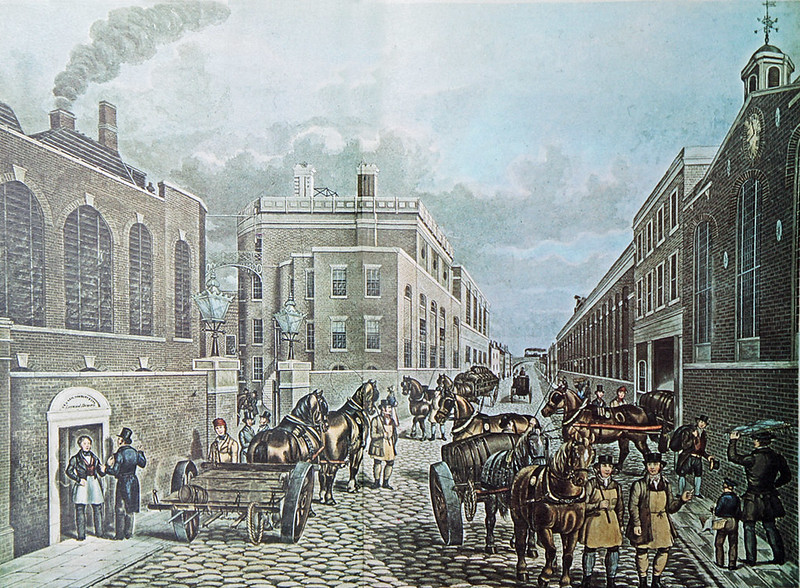
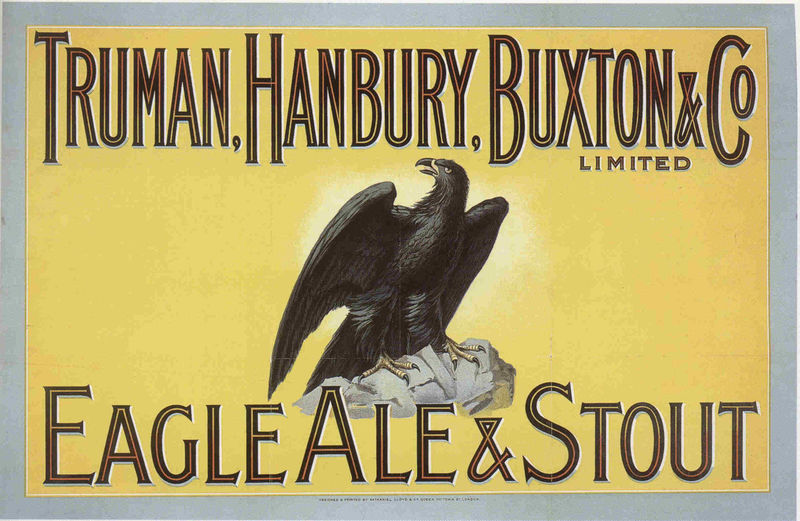
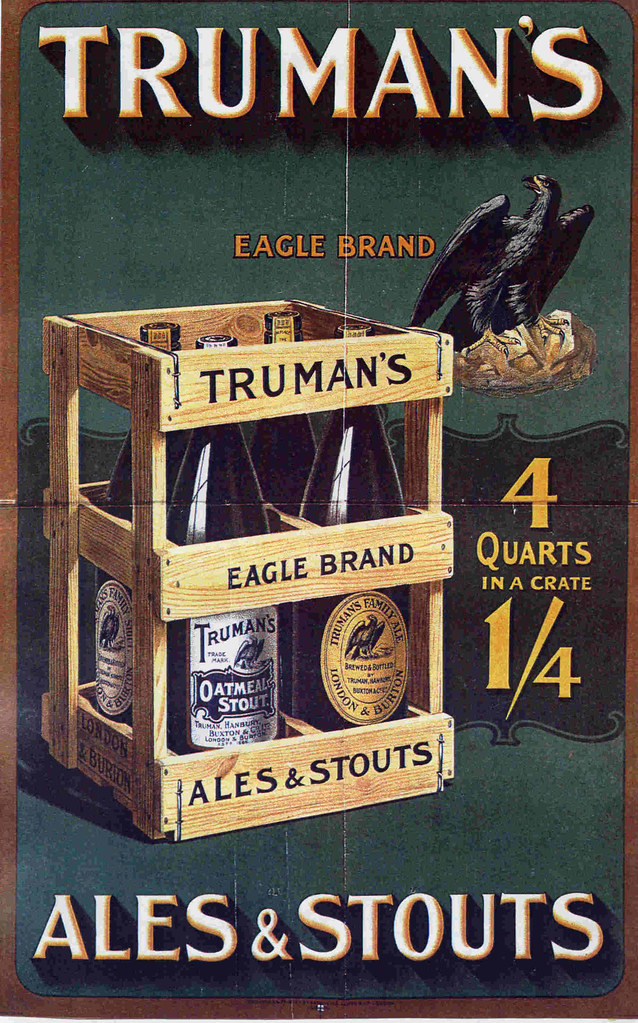
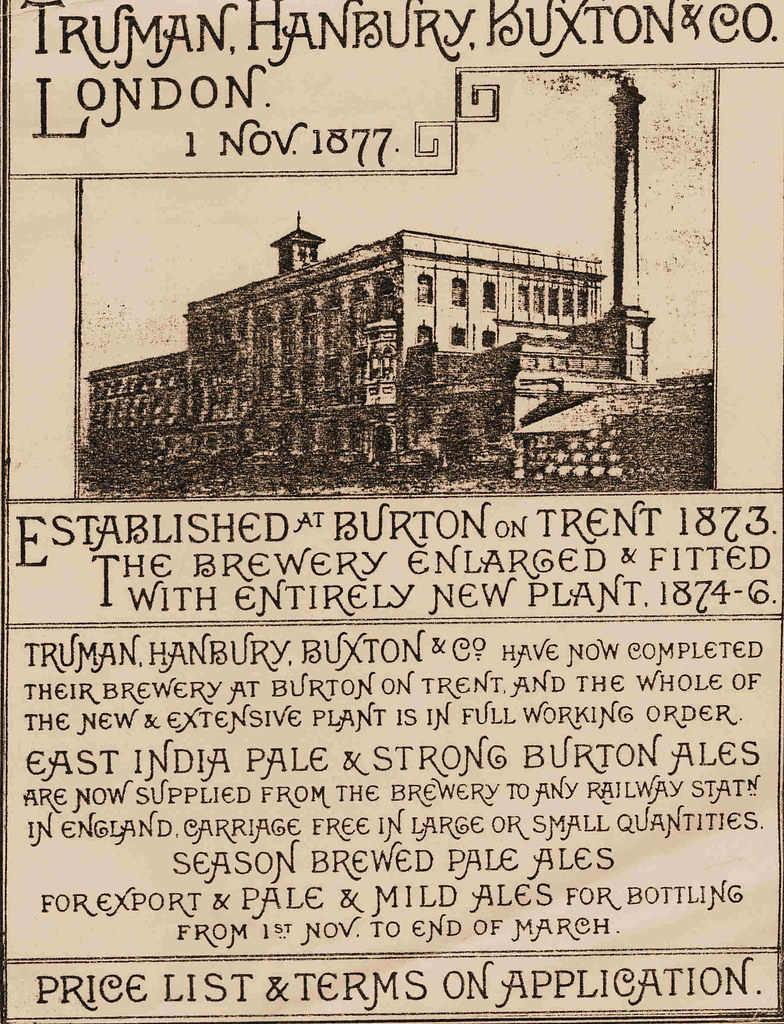
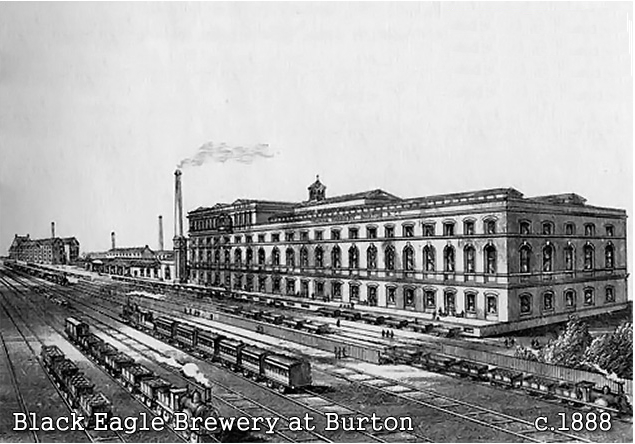

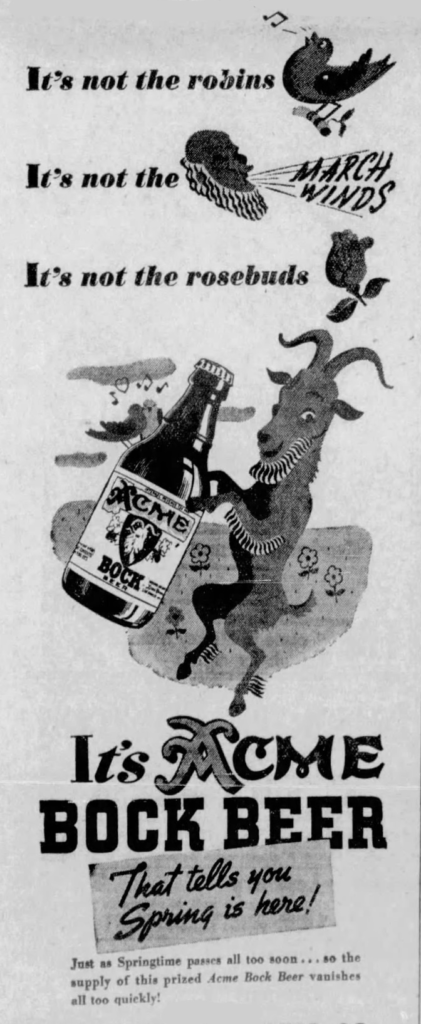


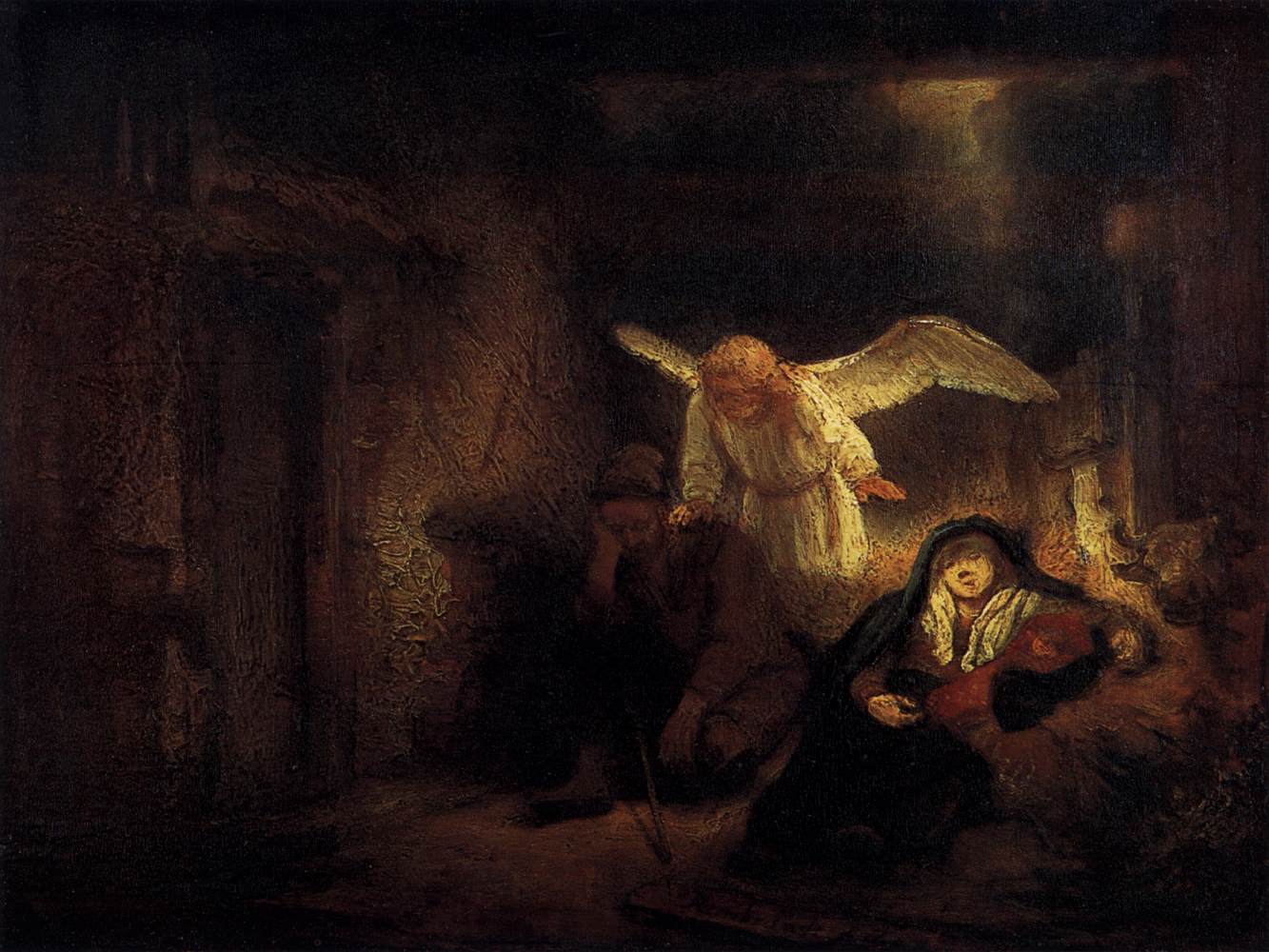

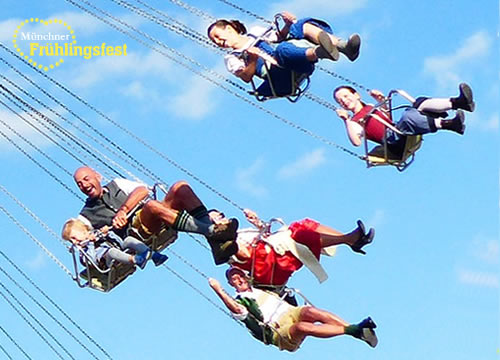

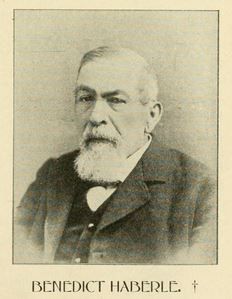
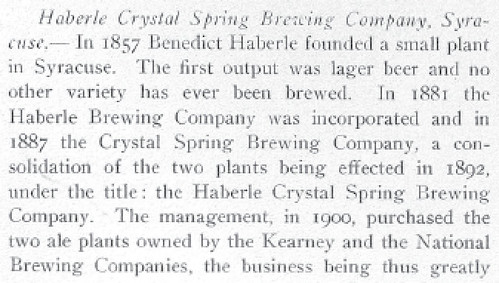
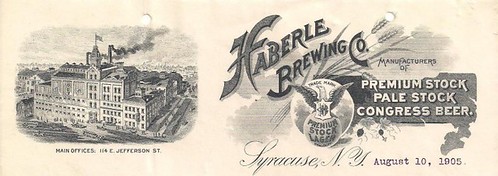
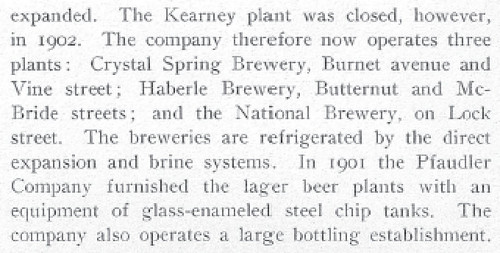
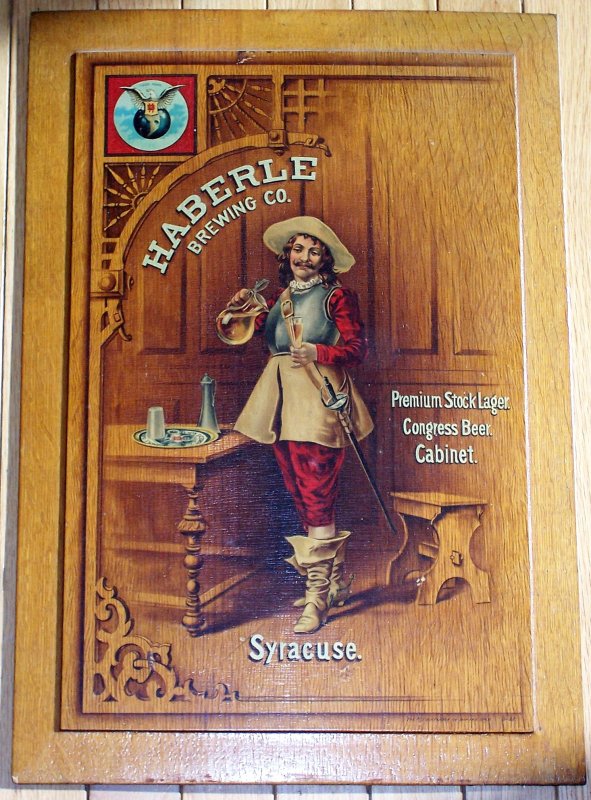
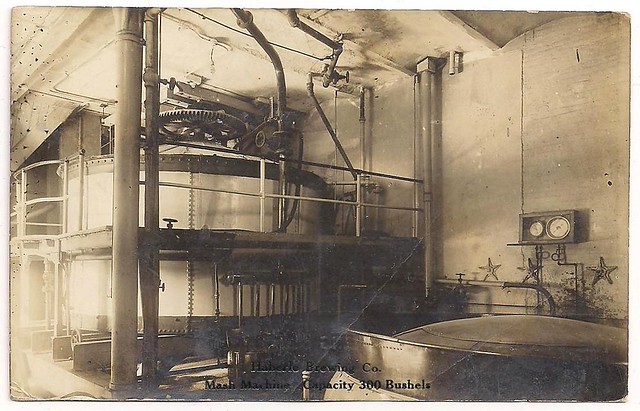
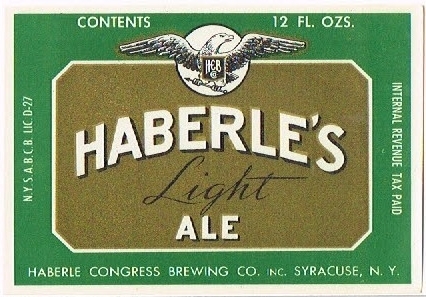

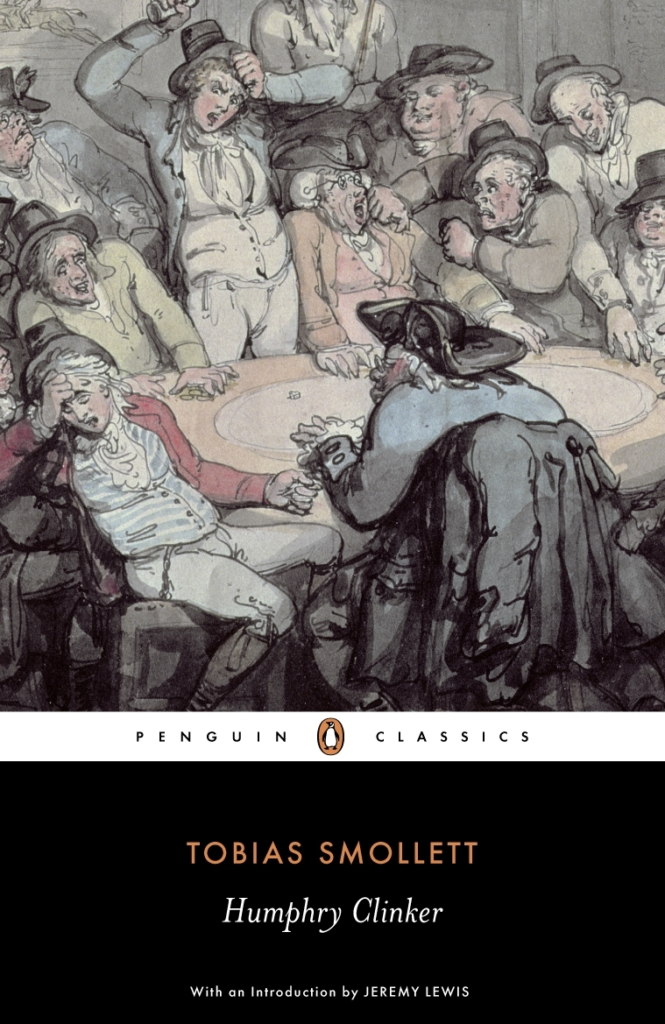
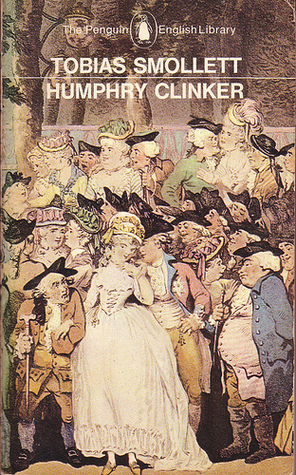
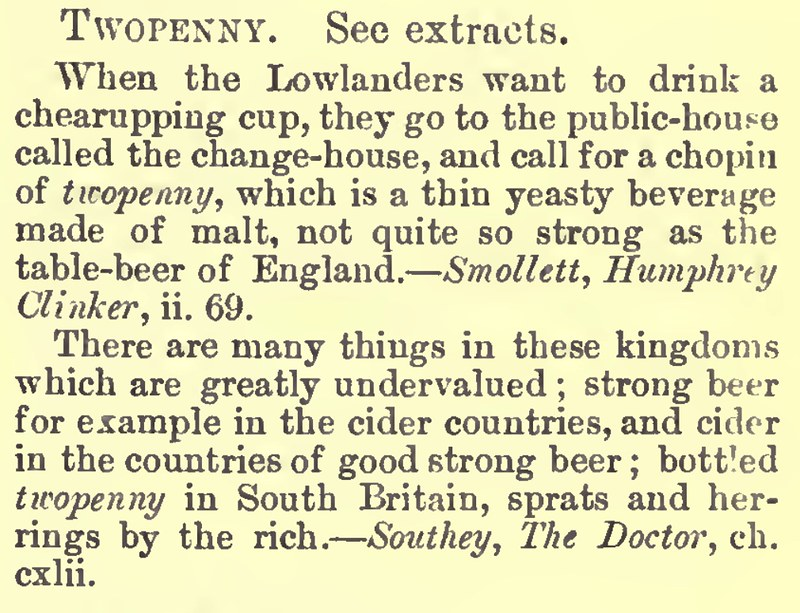
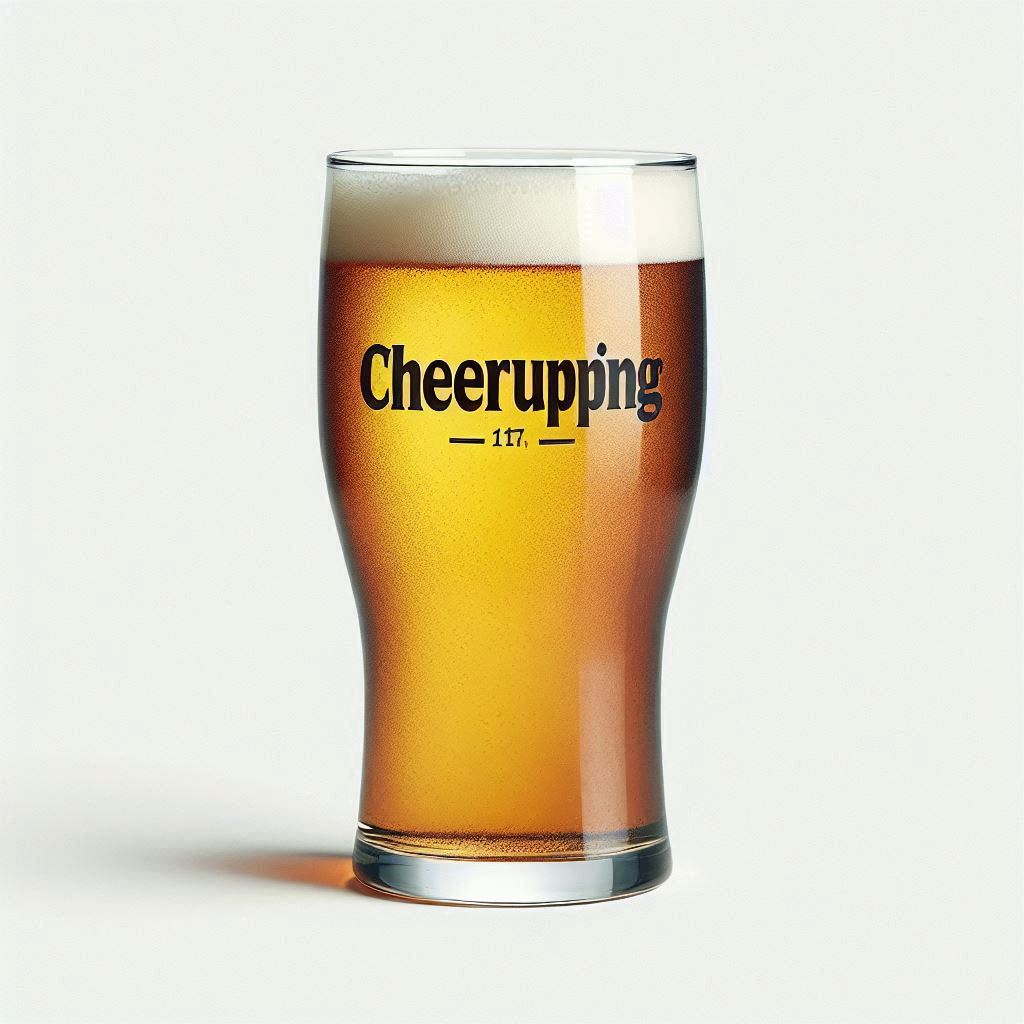
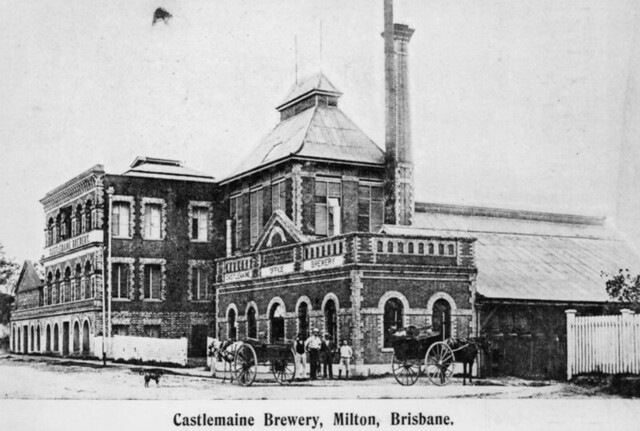

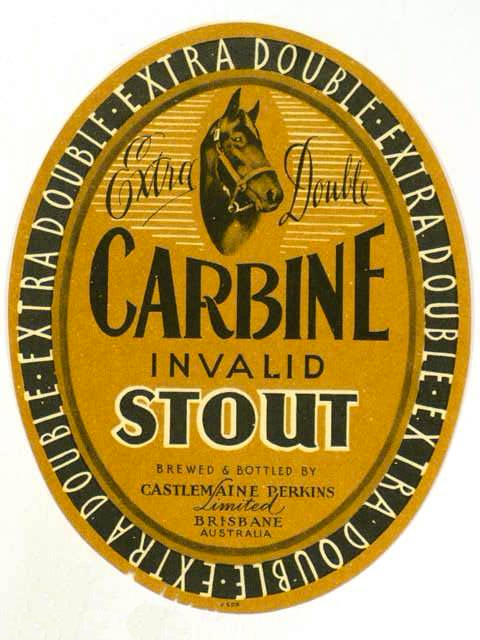
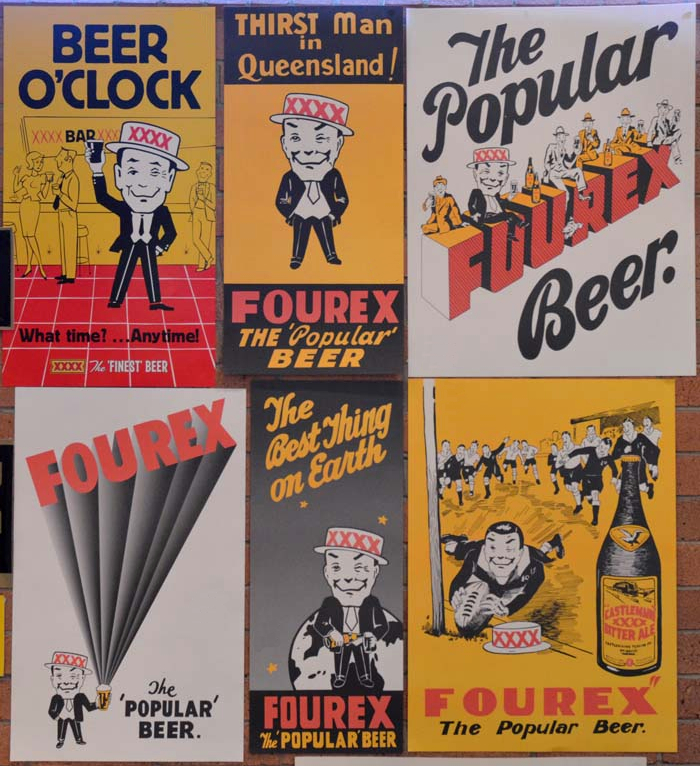
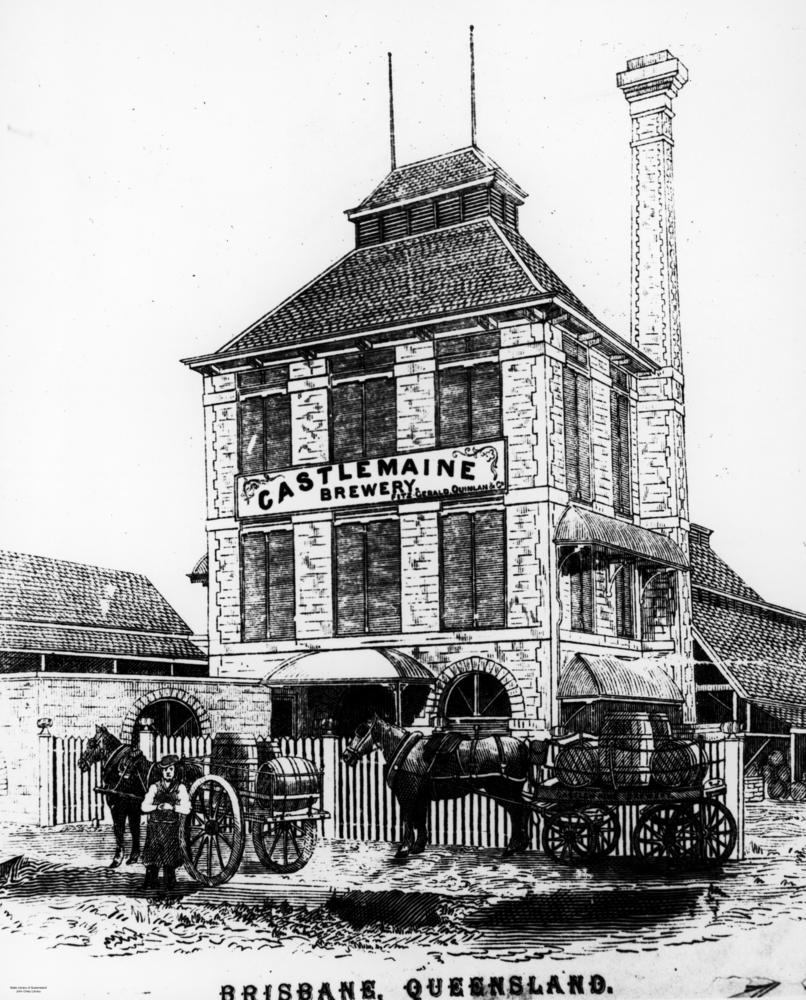
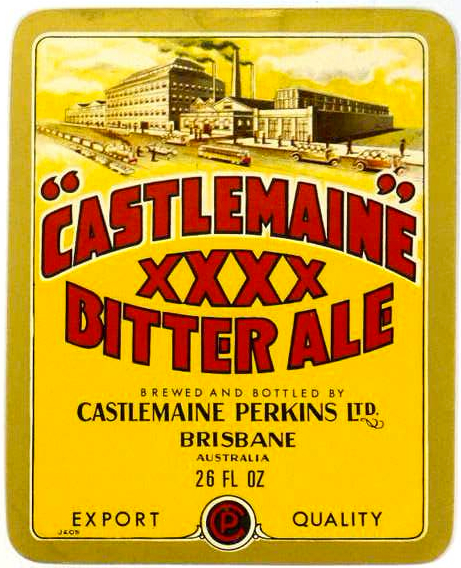
 Ray in front of the New Orleans d.b.a. with Garrett Oliver in 2003.
Ray in front of the New Orleans d.b.a. with Garrett Oliver in 2003.
